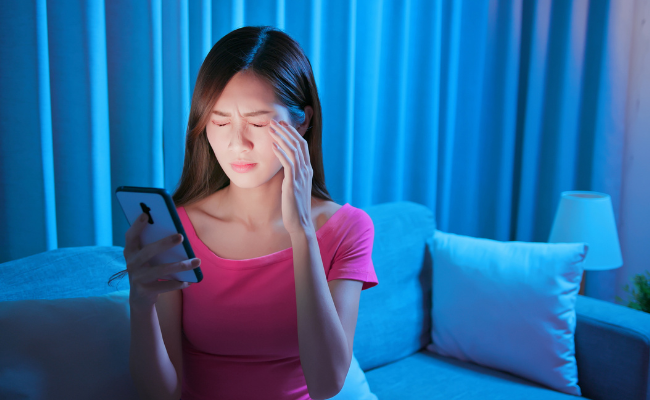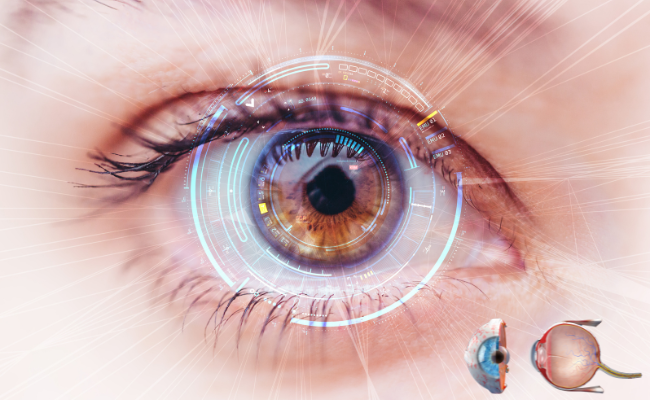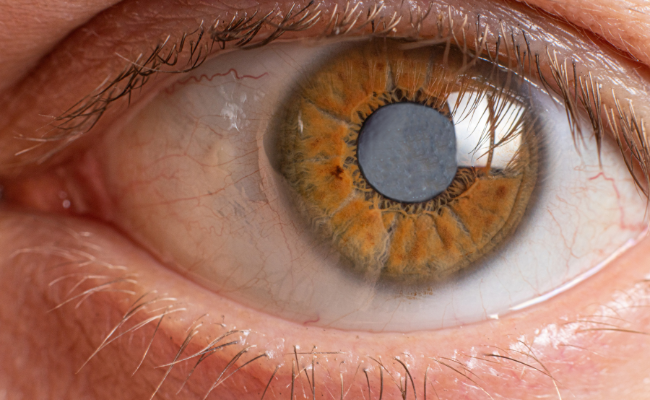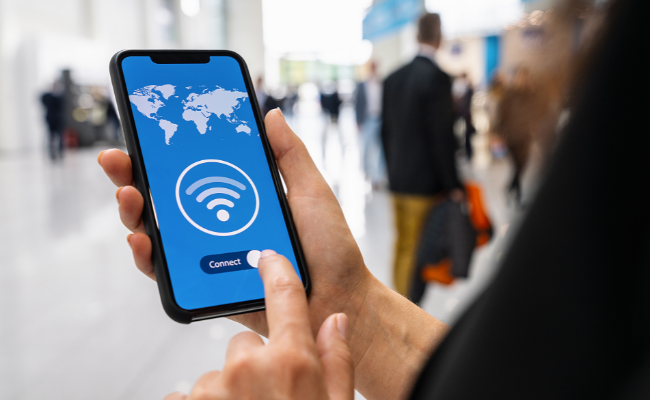How to Treat Chalazion?
- October 10, 2023
- No Comments
What is a Chalazion?
A chalazion is a small, painless lump or swelling in the eyelid, resulting from a blockage in one of the small oil glands (meibomian glands). This blockage leads to the accumulation of oil, causing the gland to become swollen and form a chalazion. Your eyelids have small glands that produce oil to maintain eye moisture. If one of these glands becomes blocked, it can result in a painless, swollen condition known as a chalazion.
Why Does a Chalazion Occur?
Chalazia are often a result of meibomian gland dysfunction, which can be triggered by factors such as:
- Bacterial Infections: In some cases, a bacterial infection of the meibomian gland can lead to the development of a chalazion.
- Chronic Blepharitis: Inflammation of the eyelid margins, known as blepharitis, can contribute to meibomian gland dysfunction and chalazion formation.
- Blockage of Oil Glands: Anything that causes a blockage in the meibomian glands, such as debris or thickened oil, can lead to the development of a chalazion.
How Does a Chalazion Manifest?
A chalazion typically presents with the following symptoms:
- Small Lump: A painless lump on the eyelid, usually not associated with significant pain.
- Swelling: The affected eyelid may appear swollen.
- Tenderness: While chalazia are generally not painful, there may be some tenderness around the lump.
- Blurred Vision: In rare cases, if the chalazion is large enough, it may cause pressure on the eye and result in blurred vision.
Treatment Solutions for Chalazion
Warm Compresses:
- Application: Use warm compresses on the affected eyelid for 10-15 minutes several times a day. This helps to soften the oil in the gland and promote drainage.
Eyelid Massage:
- Gentle Massage: Gently massage the eyelid to encourage the drainage of the blocked gland. This is typically done after applying warm compresses.
Topical Antibiotics:
- Prescription Ointments: In cases where there is evidence of bacterial infection, a doctor may prescribe antibiotic ointments.
Oral Antibiotics:
- For Severe Cases: In instances of significant infection, oral antibiotics may be recommended.
Steroid Injections:
- Anti-Inflammatory Effect: In certain cases, a healthcare professional may administer steroid injections to reduce inflammation and promote resolution.
Incision and Drainage:
- Minor Surgical Procedure: In rare cases where a chalazion does not respond to other treatments, a doctor may perform a minor surgical procedure to drain the blocked gland.
Benefit Points of Chalazion Treatment
- Symptom Alleviation: Treatment measures aim to reduce swelling, tenderness, and other symptoms associated with chalazion.
- Prevention of Complications: Timely and appropriate treatment helps prevent complications such as infection and further enlargement of the chalazion.
- Faster Resolution: Warm compresses, massage, and other treatments contribute to a faster resolution of the chalazion, allowing individuals to resume normal activities.
- Improved Comfort: By addressing the underlying causes and symptoms, individuals experience improved comfort and reduced tenderness around the affected eyelid.
- Minimized Risk of Recurrence: Following recommended hygiene practices and addressing underlying conditions help minimize the risk of recurrent chalazia.
- Enhanced Eye Health: Effective treatment contributes to overall eye health by resolving the chalazion and preventing potential complications.








.jpg)


Comments (0)
No comments yet